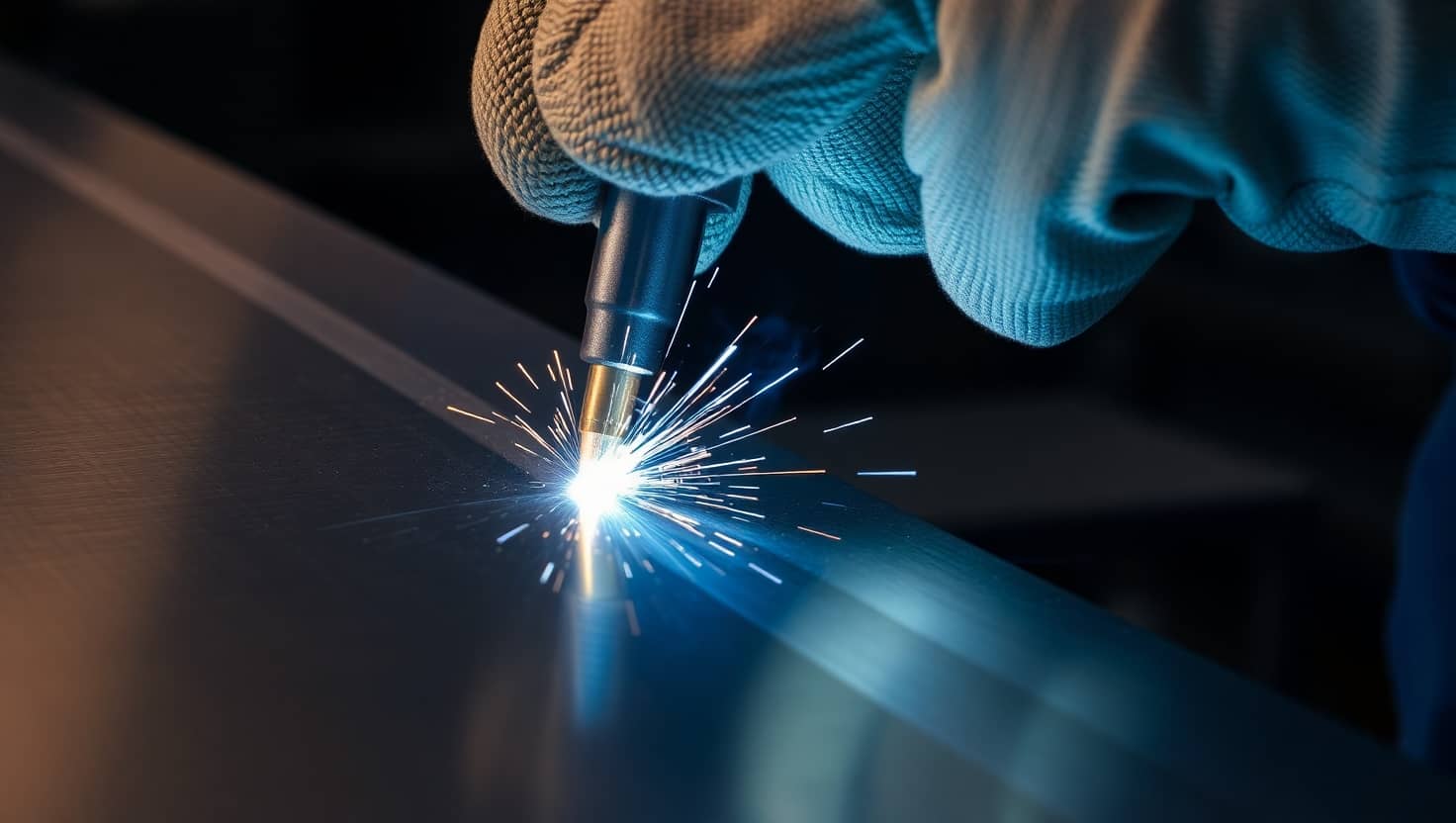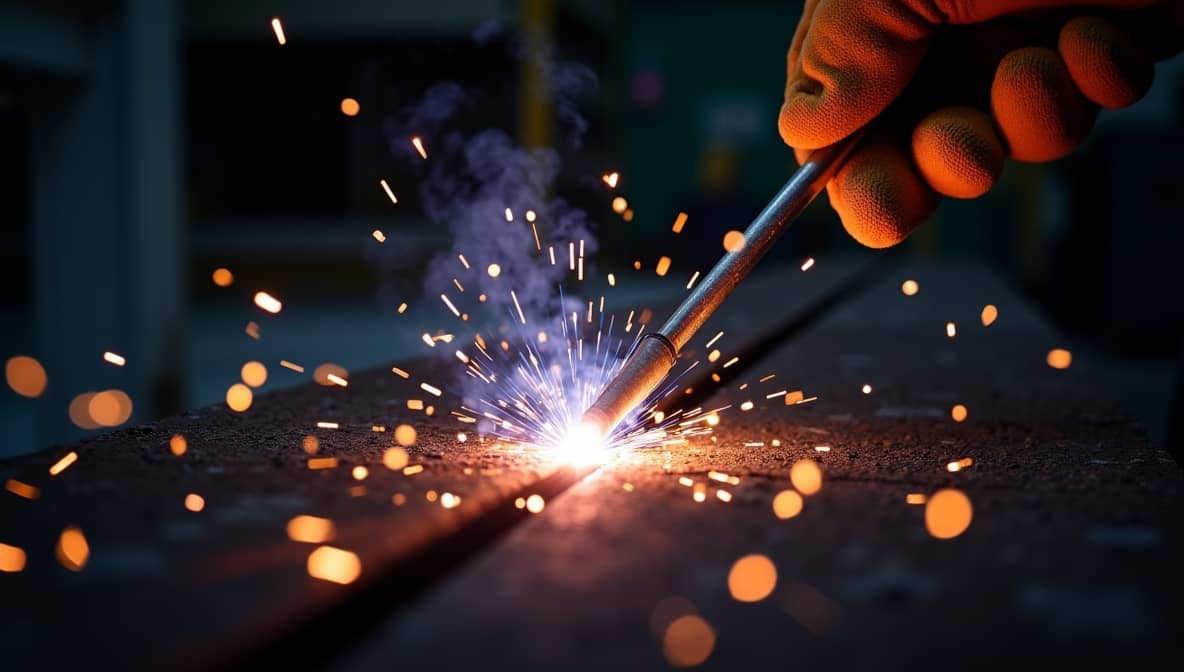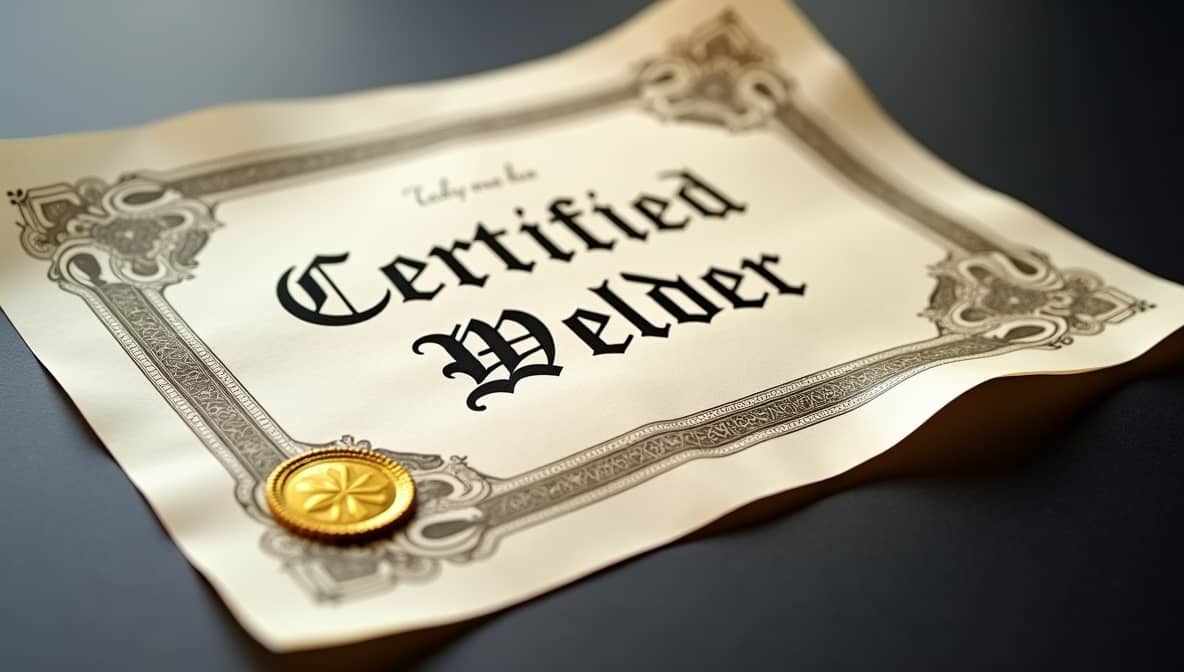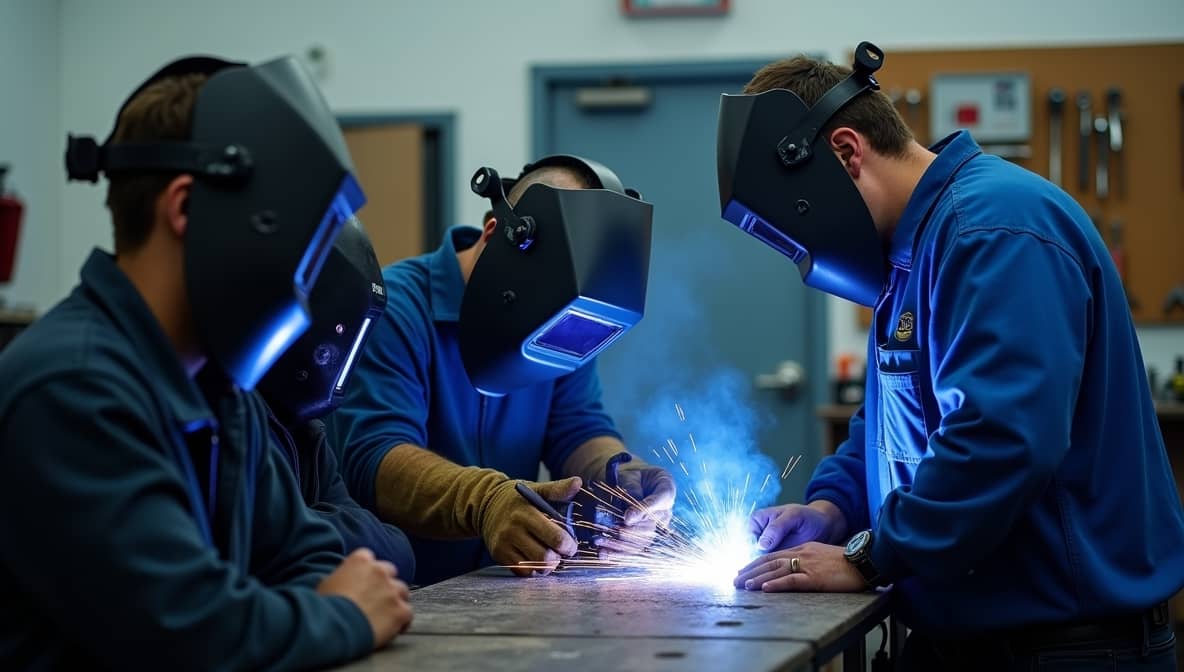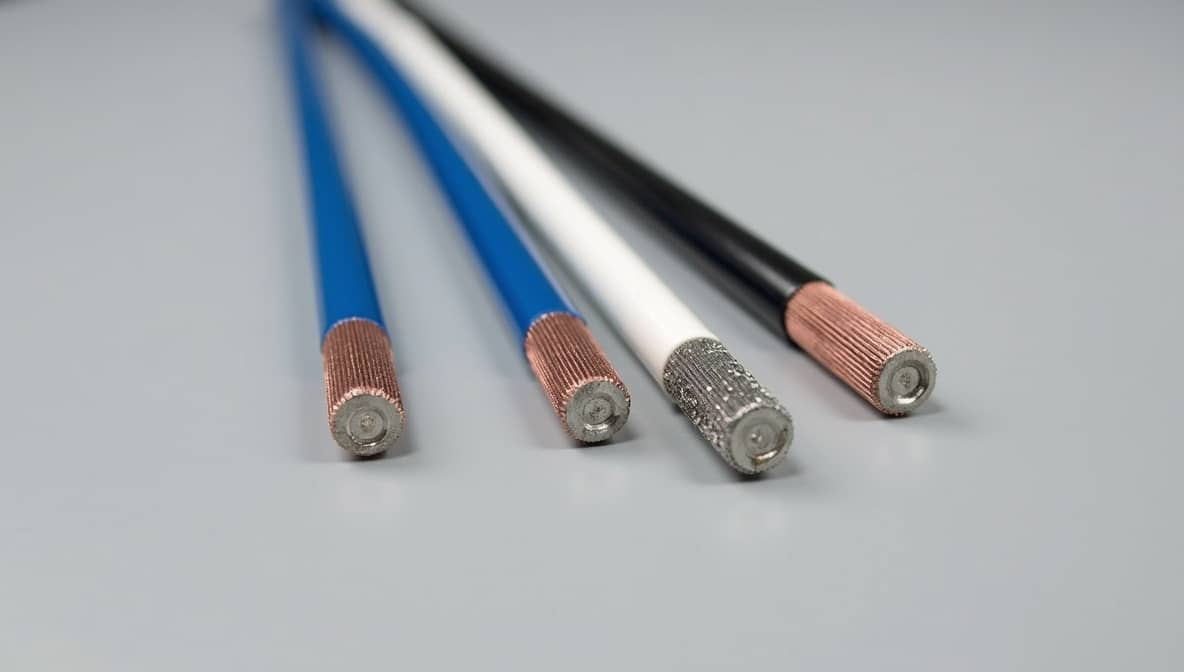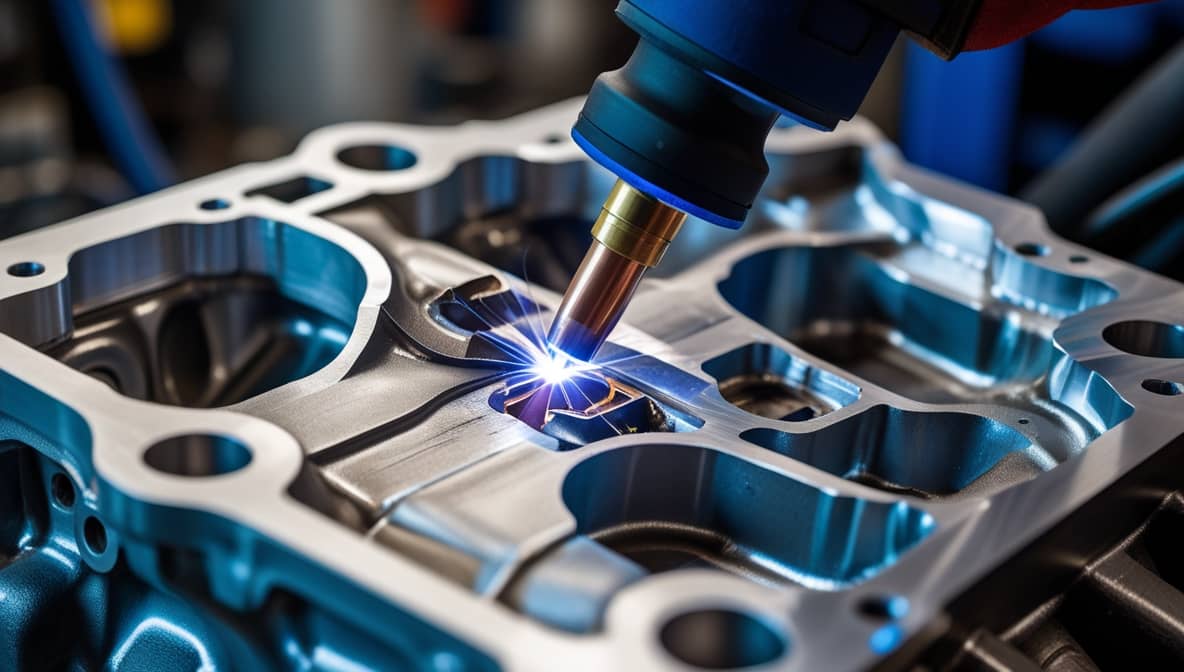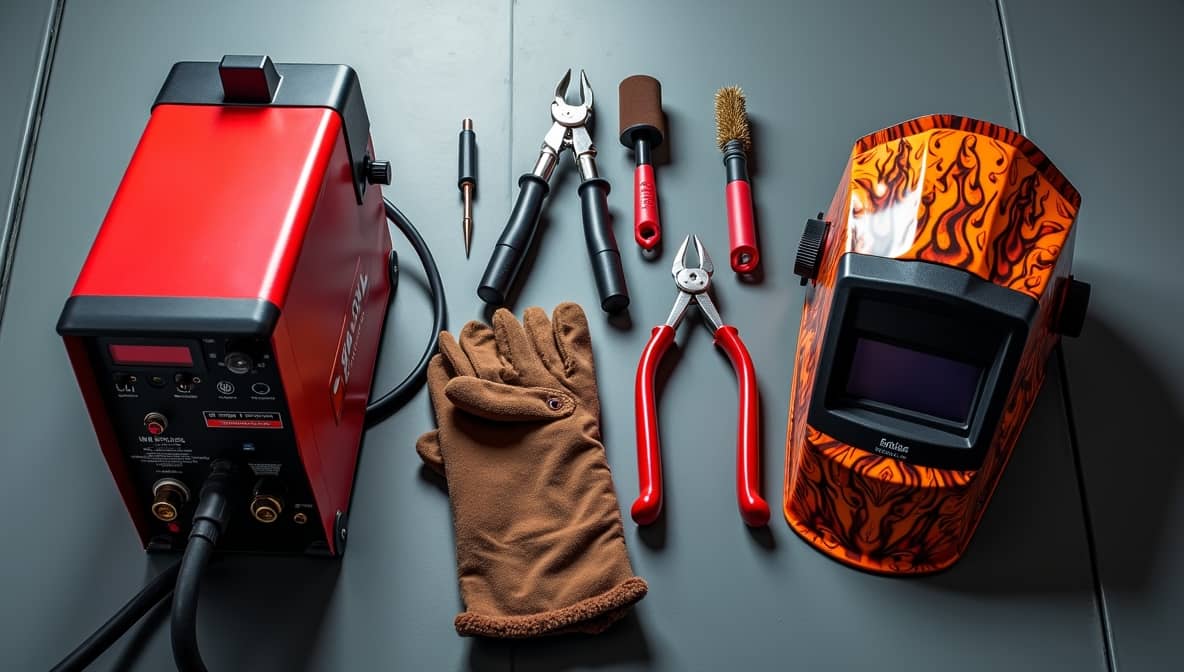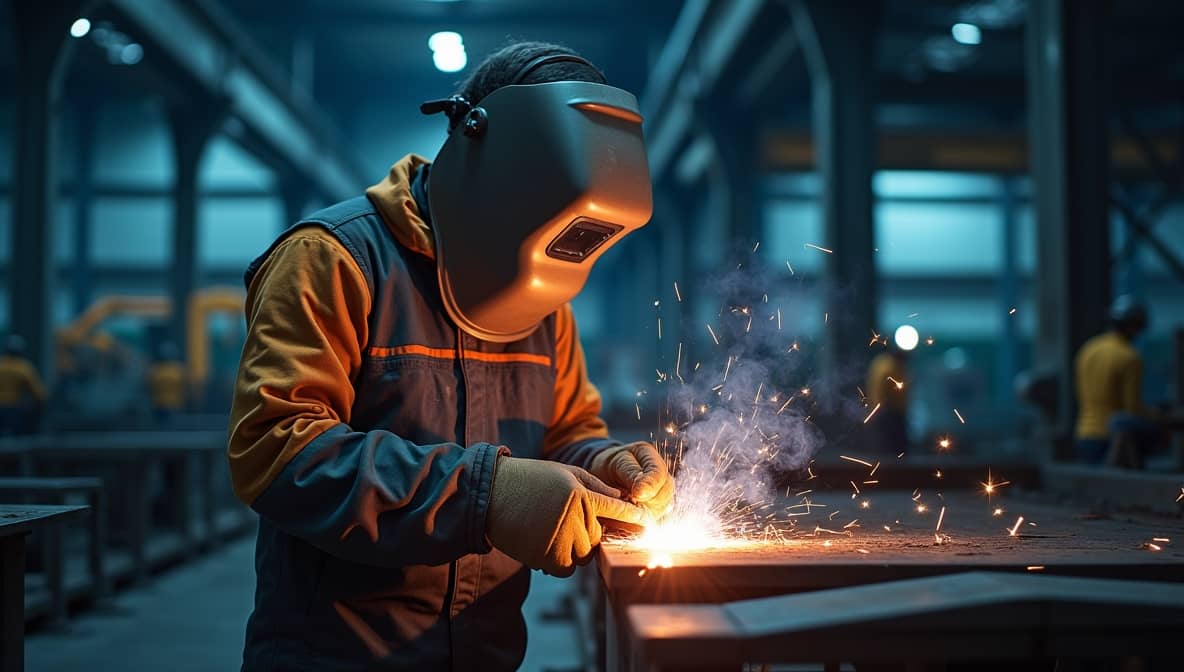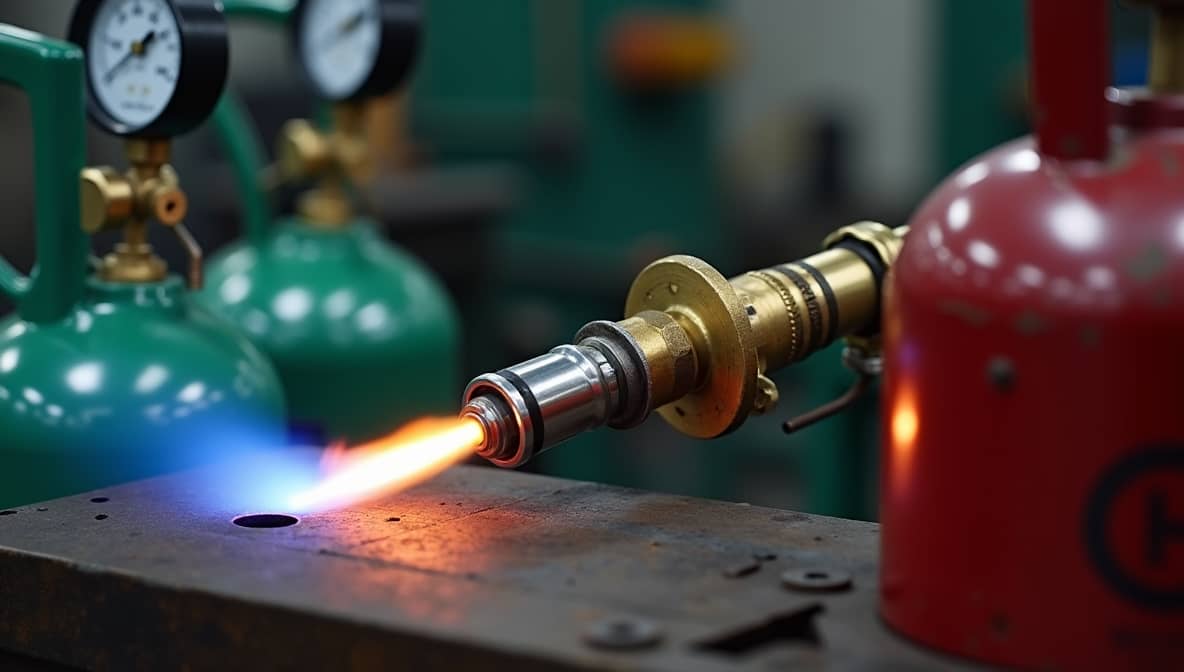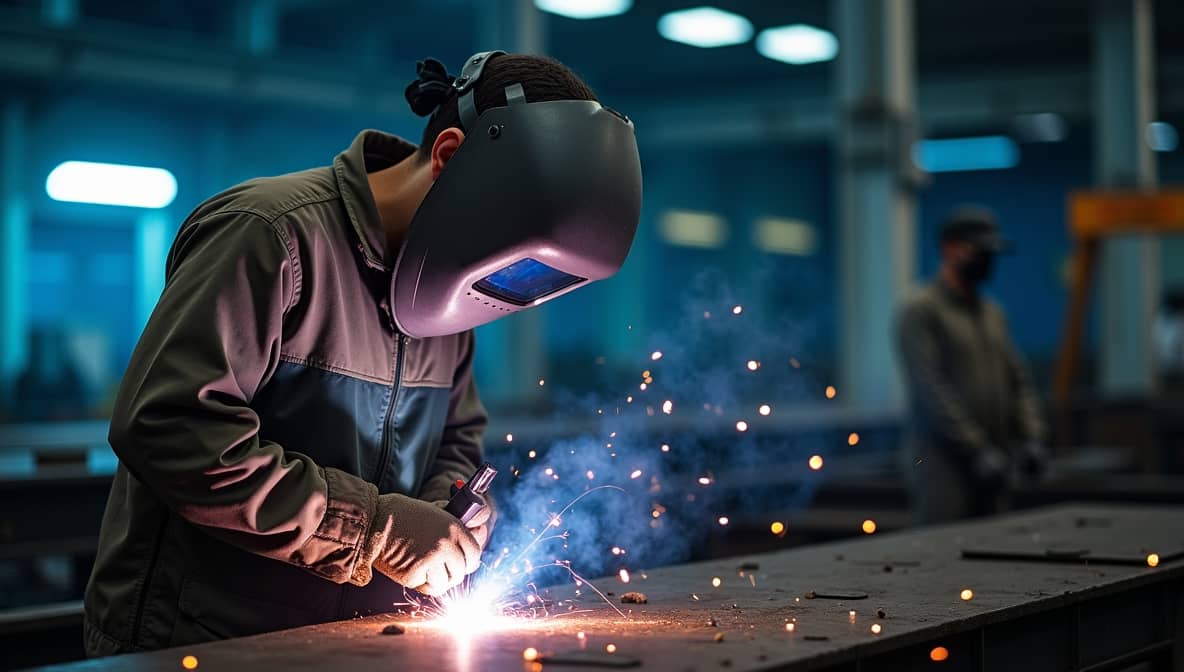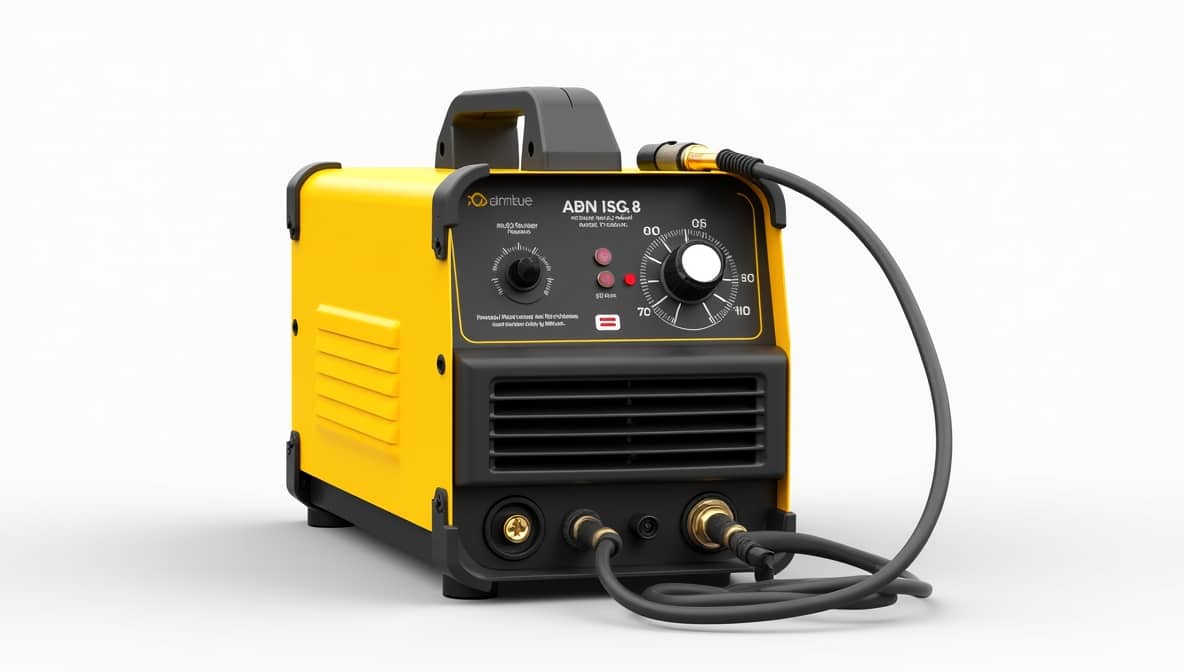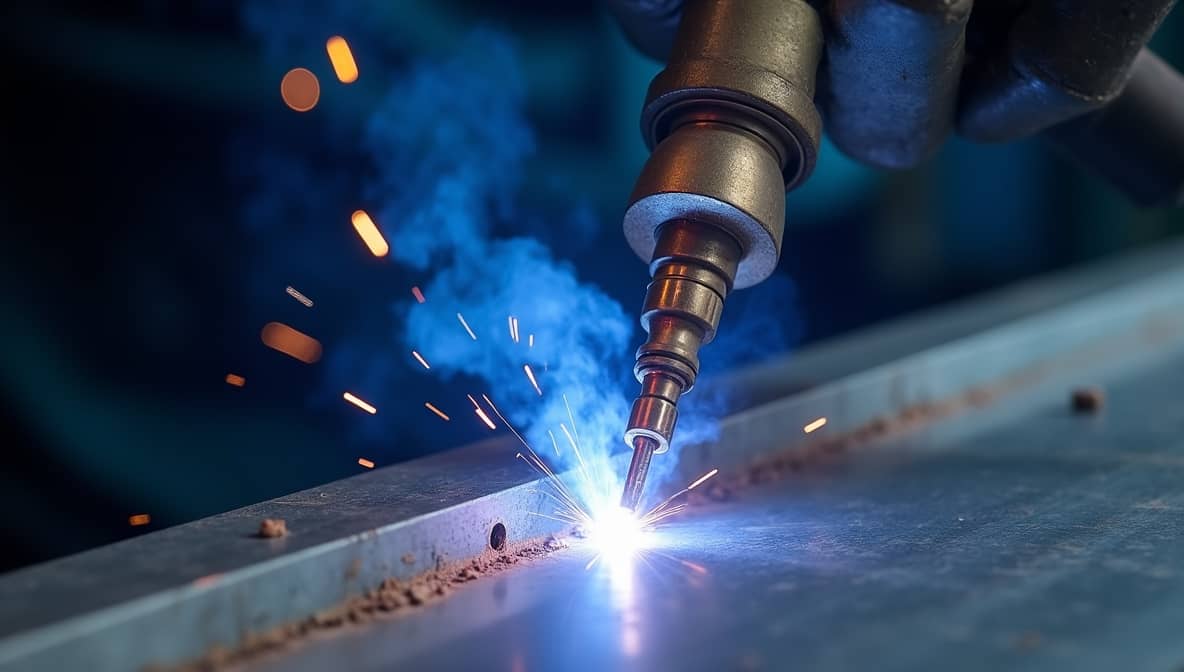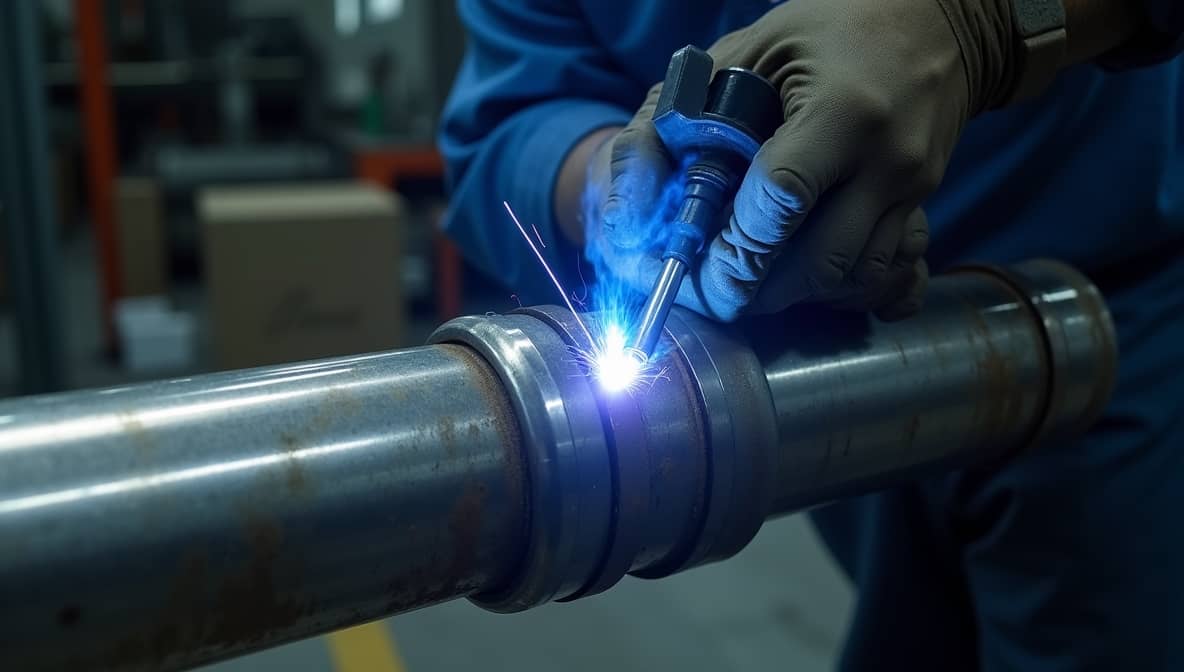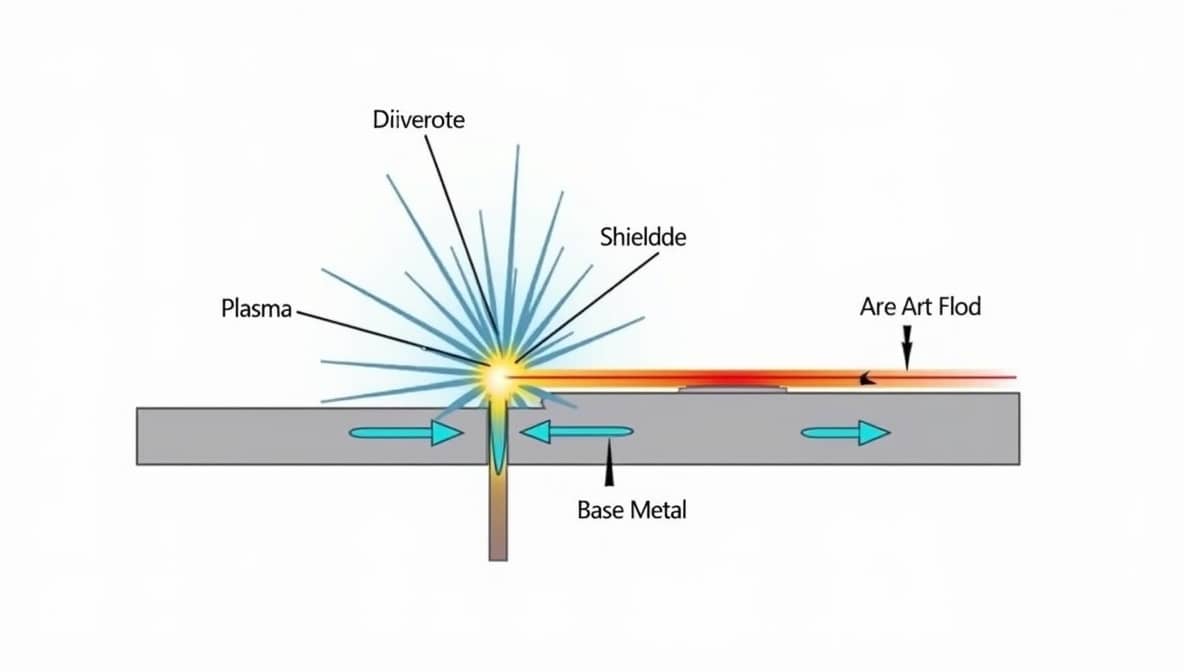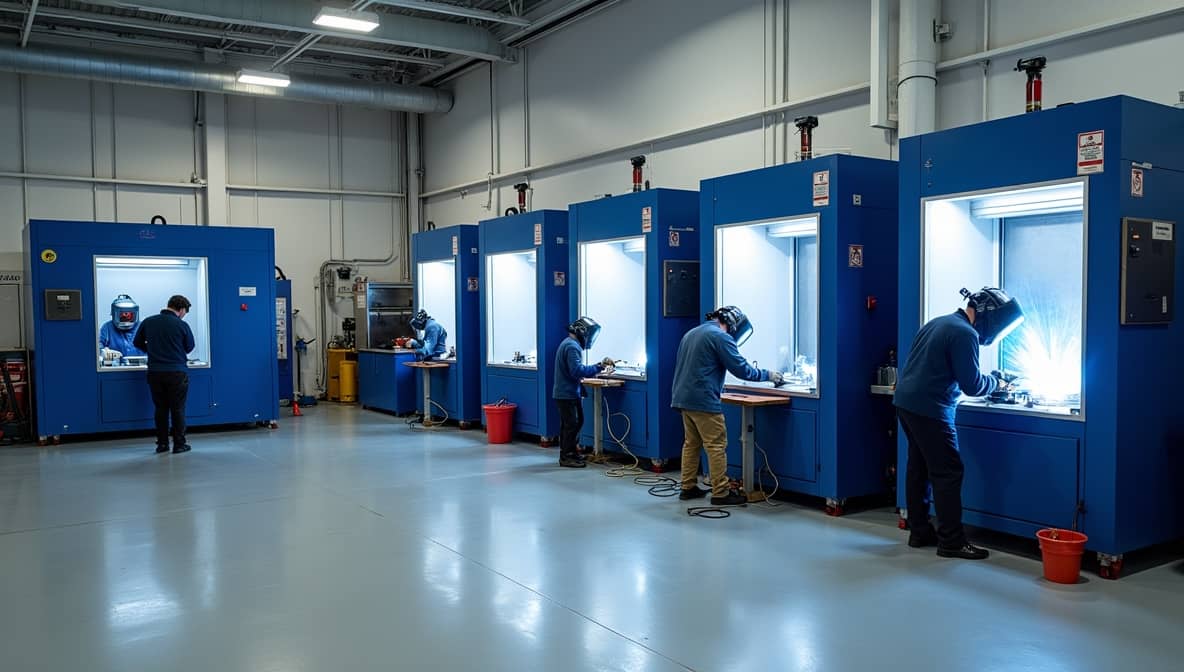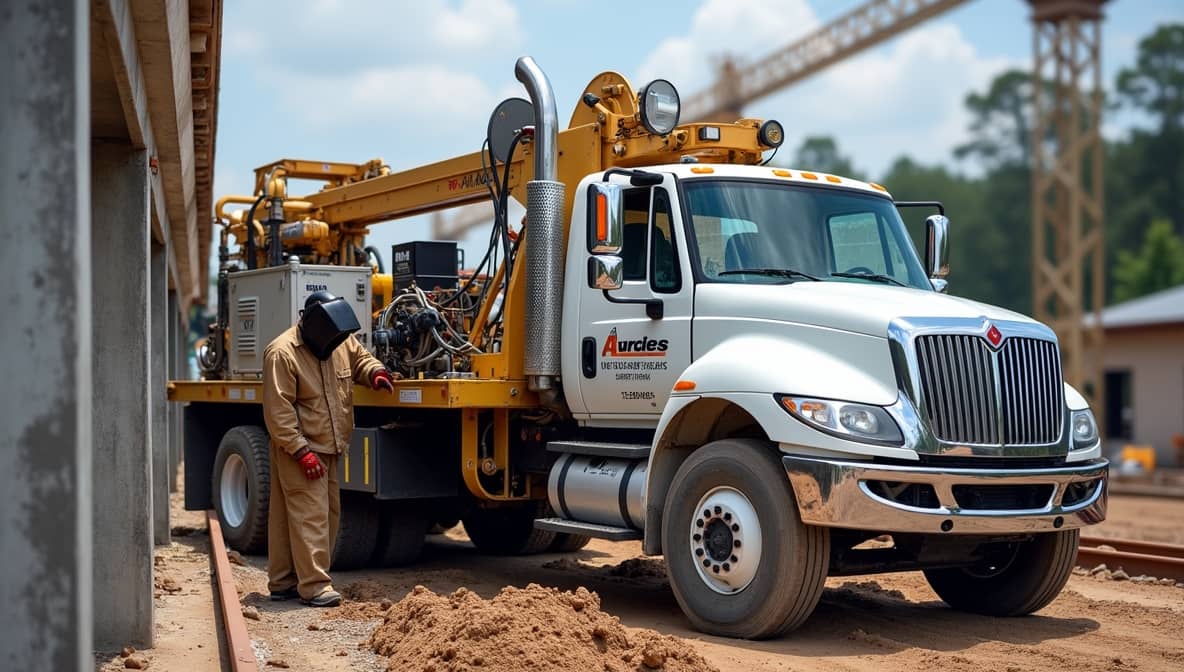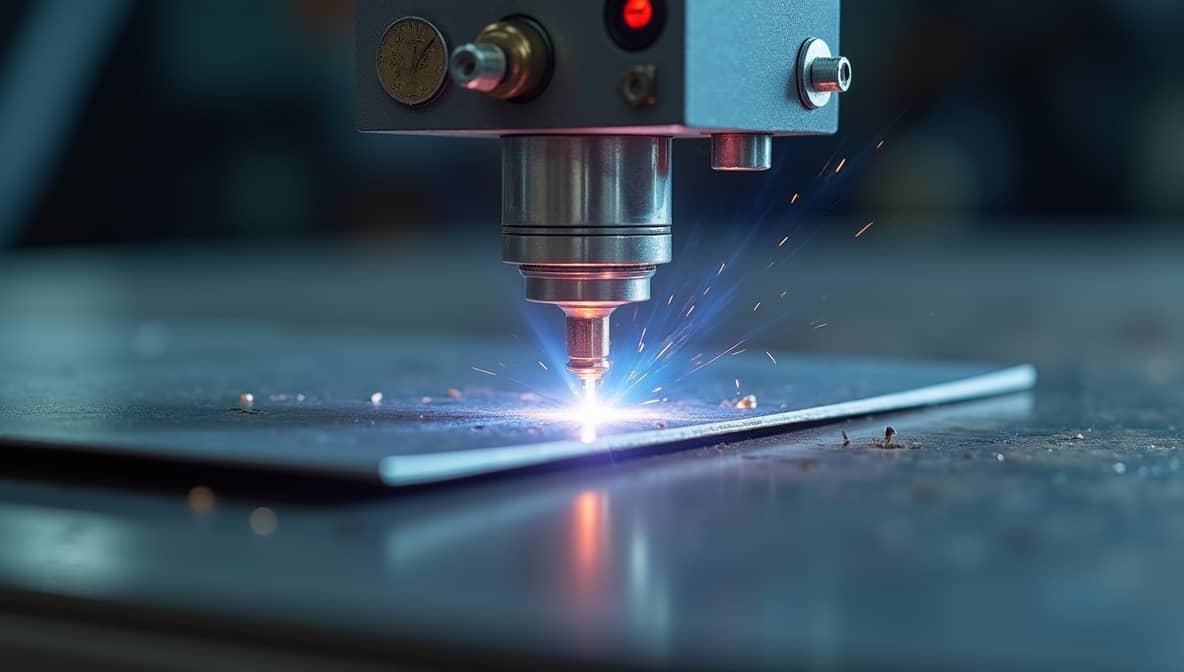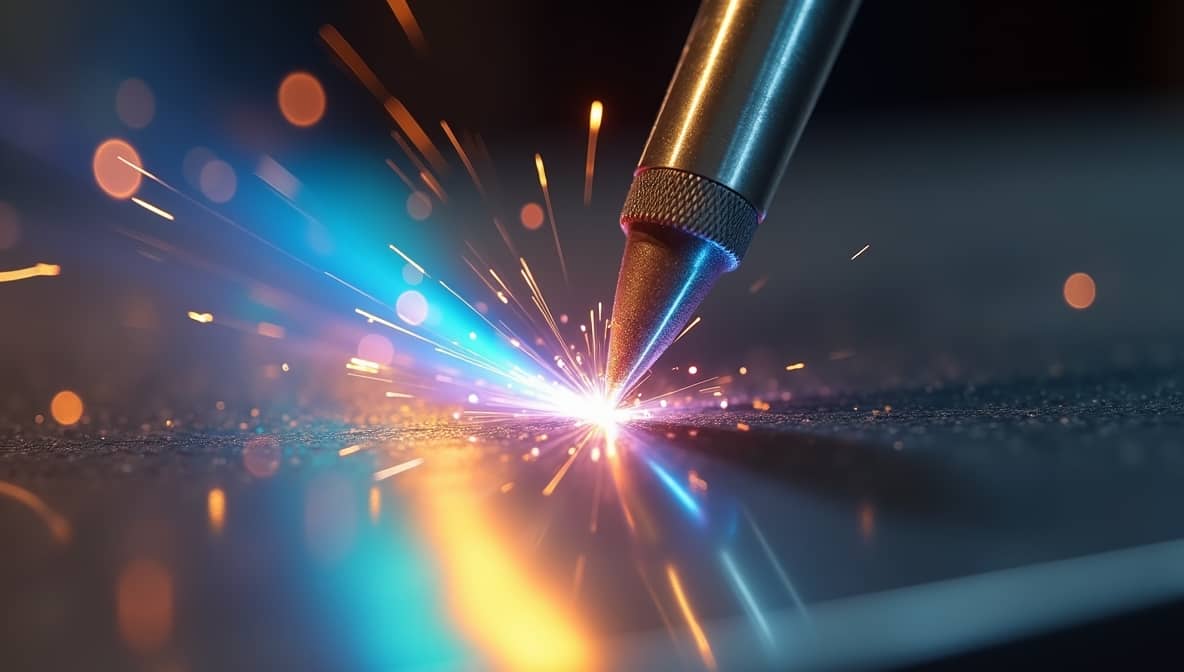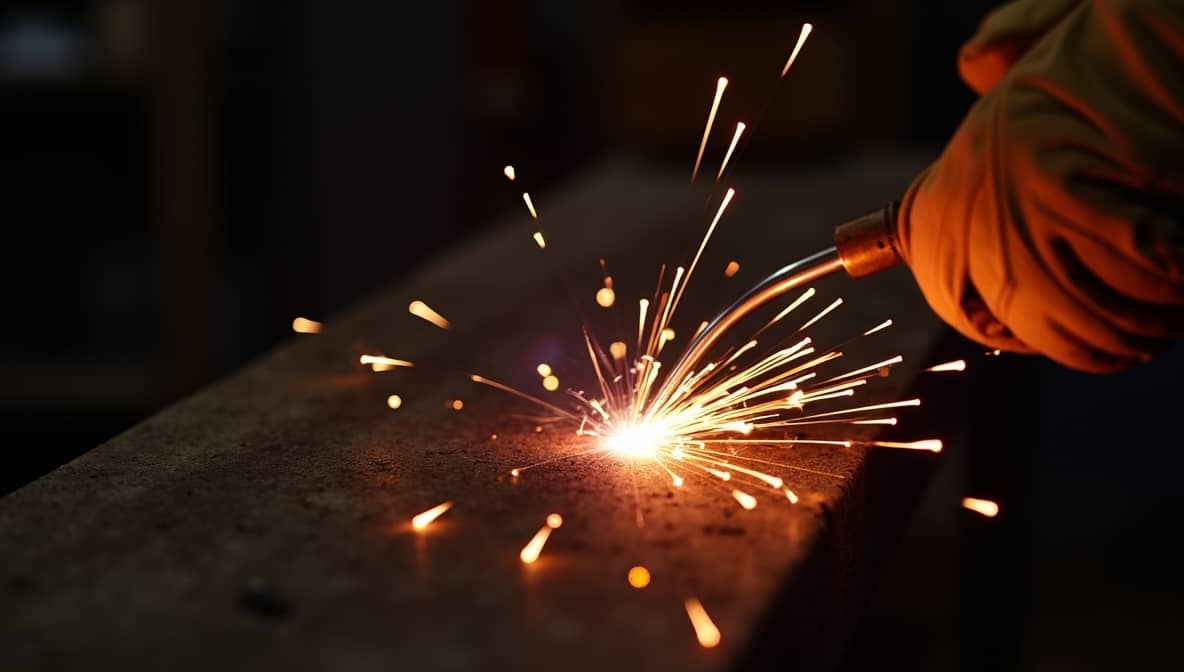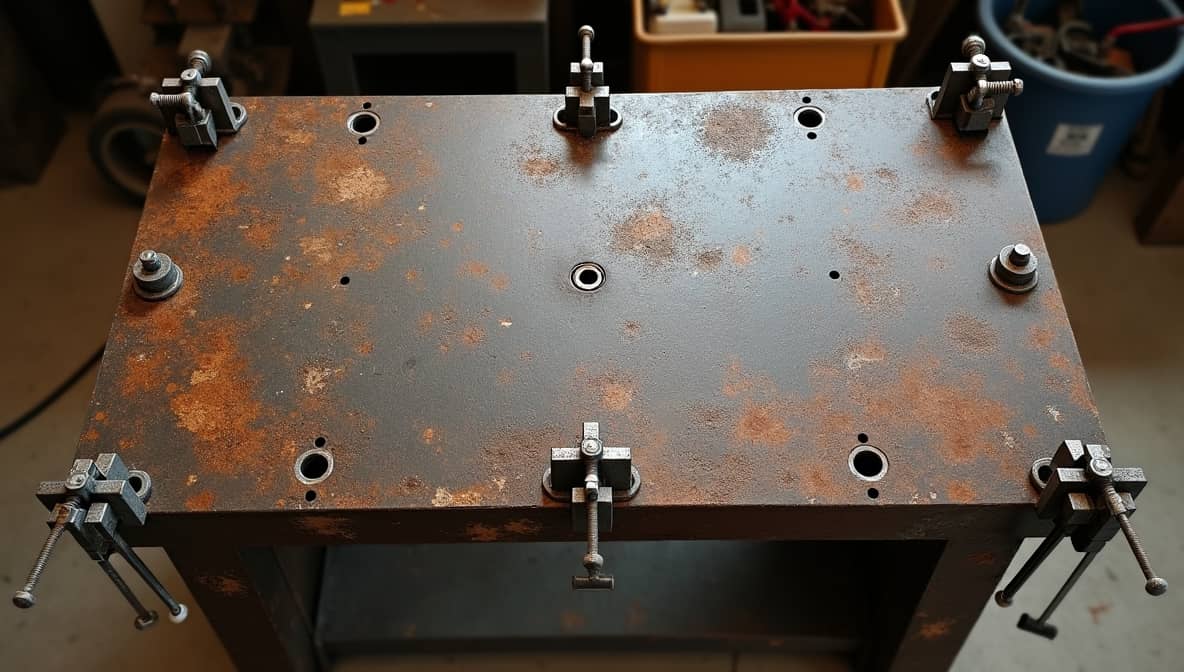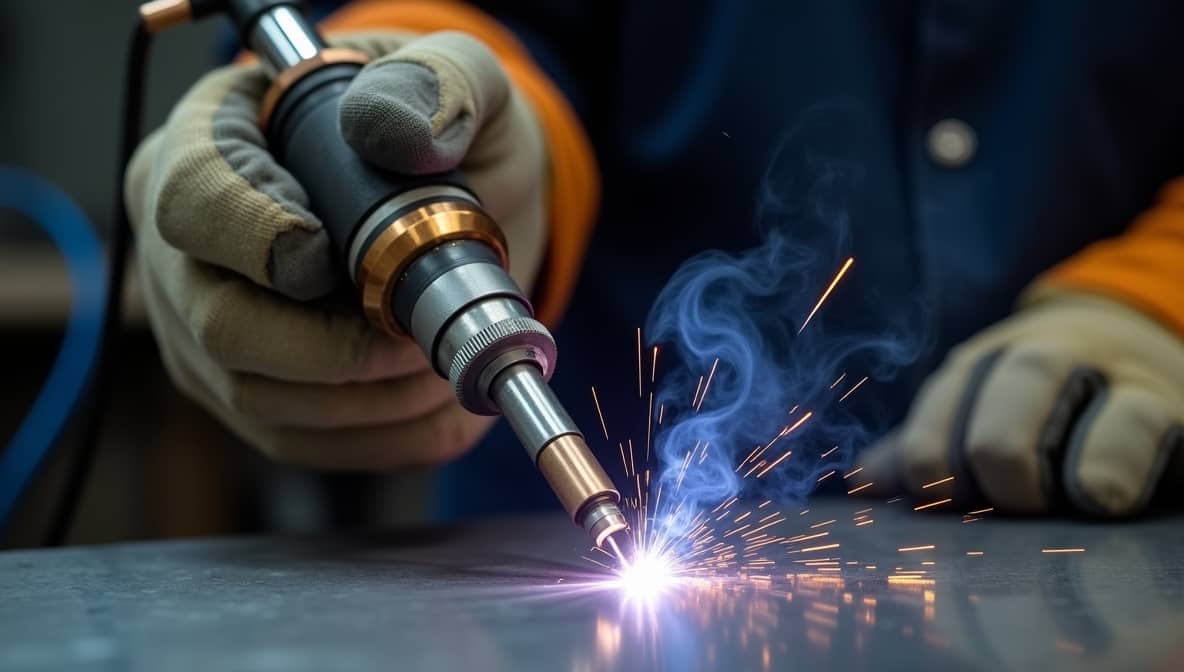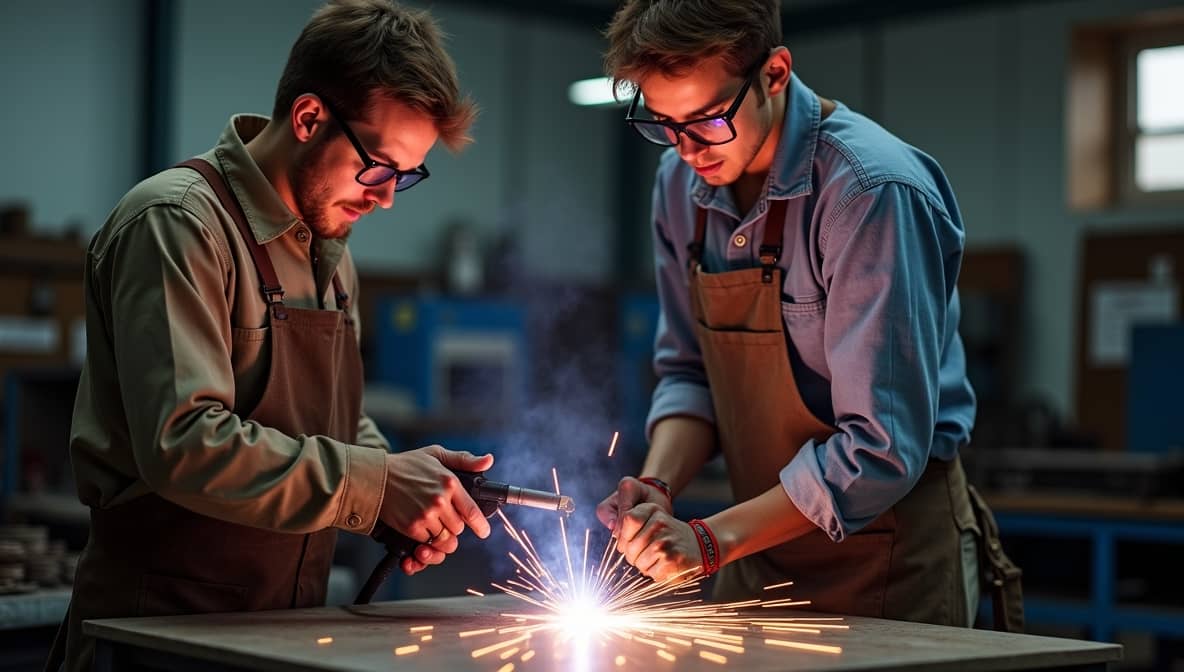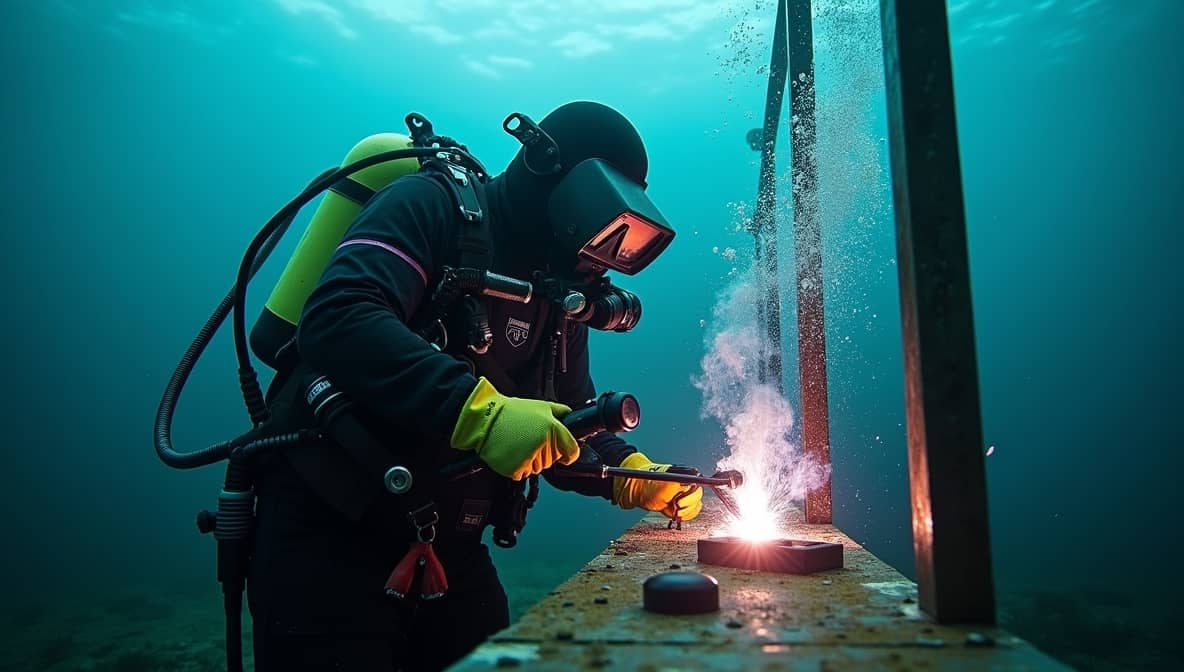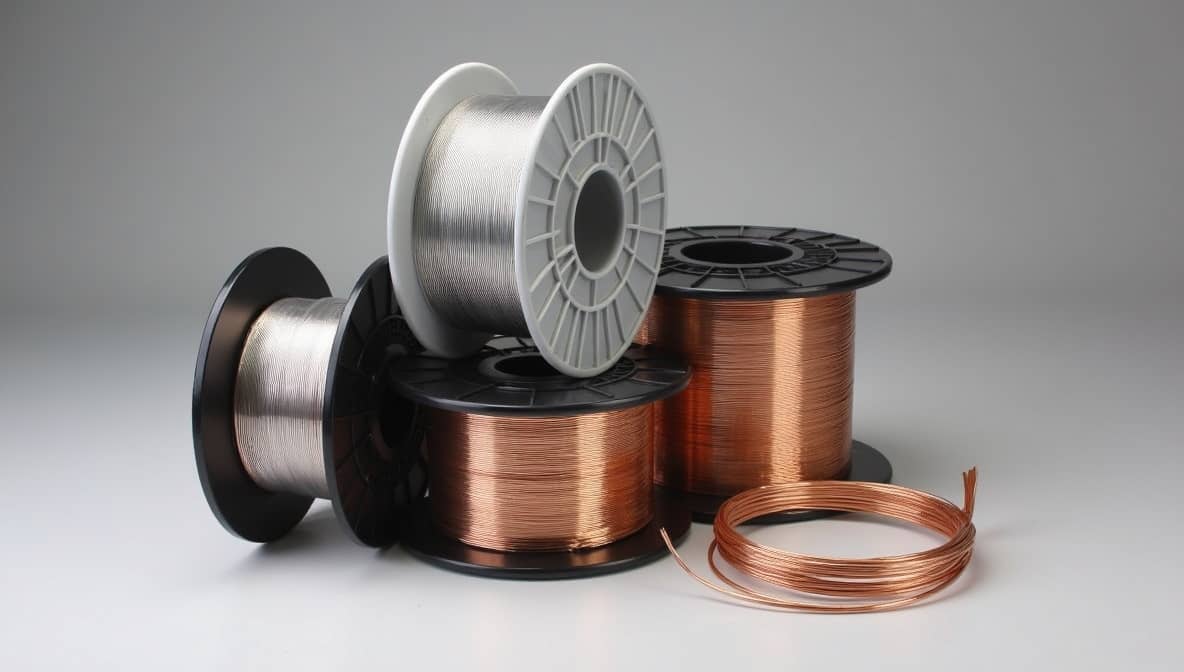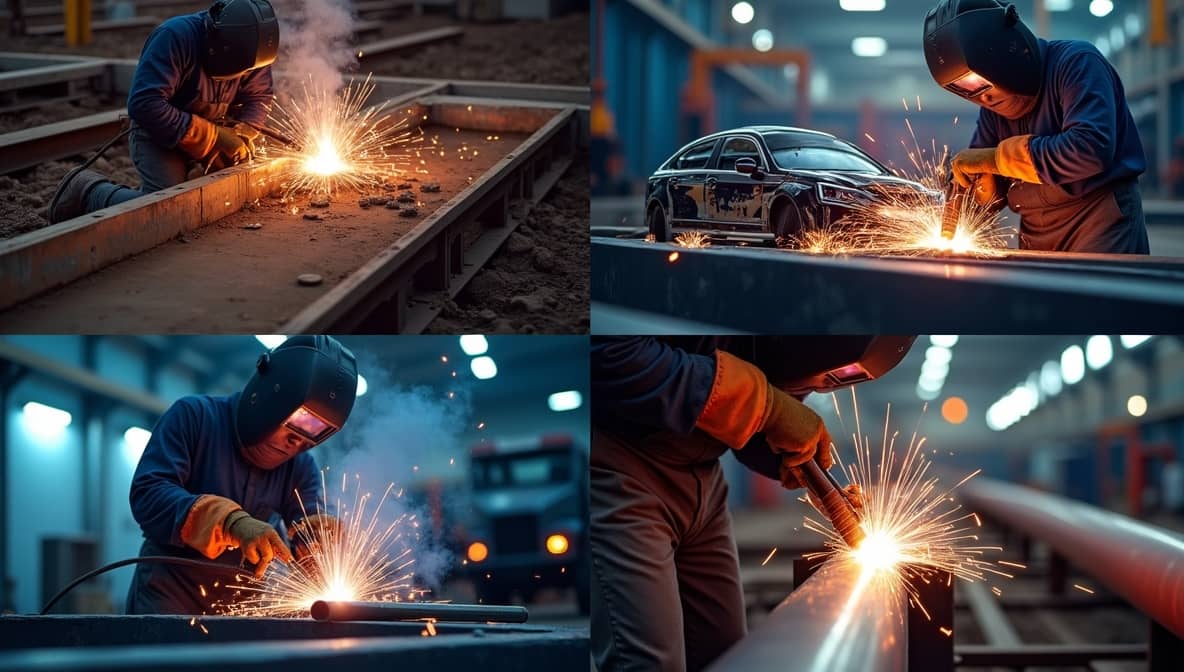Welding Wisdom for Professionals and Beginners Alike.
Start from herePrecision Welding Insights at Your Fingertips
Building Stronger Connections through Welding
Explore Welding
Discover comprehensive resources across all welding disciplines. From beginners looking to start their journey to professionals seeking advanced techniques, WeldingHubs has you covered.
Aluminum Welding
ExploreARC Welding
ExploreWelding Certificate
ExploreWelding Classes
ExploreElectrode
ExploreEngine Welding
ExploreWelding Equipment
ExploreFlux
ExploreGas Welding
ExploreHelmet
ExploreWelding Job
ExploreWelding Machine
ExploreMIG Welding
ExplorePipe Welding
ExploreWelding Process
ExploreSafety
ExploreWelding School
ExploreWelding Service
ExploreSpot Welding
ExploreStainless Welding
ExploreStick Welding
ExploreWelding Table
ExploreWelding Technology
ExploreTIG Welding
ExploreWelding Training
ExploreUnderwater Welding
ExploreWelding Wire
ExploreUses of Welding
ExploreLatest Articles
Stud Welding on Aluminum: Process, Options, and Types of Stud Welders Explained
To perform stud welding on aluminum effectively, start with thorough surface preparation. Use the capacitor discharge process for efficient, quick welds. Make sure to calibrate the aluminum CD welder properly….
Essential Techniques for Surface Preparation of Aluminum in Spray Welding
Surface preparation of aluminum for spray welding includes two main steps. First, clean the surface by removing oil, grease, and hydrocarbon contaminants to prevent weld defects like porosity. Second, eliminate…
Mastering Carbon Arc Welding Aluminum: Essential Tips and Techniques for Success
Carbon arc welding is effective for aluminum and other non-ferrous metals. This method reduces oxidation, leading to strong, high-quality welds. Gas carbon arc welding also limits contamination. It suits applications…
Submerged Arc Welding Aluminum: Effectiveness, Comparisons, and Insights
Submerged Arc Welding (SAW) is a welding method that uses a covered arc for high-quality joins. However, it is not ideal for aluminum due to its low melting point. For…
Brazing Aluminum vs Welding: Pros, Strength Comparison, and Best Techniques
Brazing joins dissimilar metals using lower temperatures, making it suitable for applications needing low thermal distortion. Welding joins similar base metals with high heat, creating strong joints. Each process serves…
AWS Aluminum Welding Standards: Key Codes, Specifications, and Welder Qualifications Explained
The AWS aluminum welding standards include AWS A2.4 for welding symbols and AWS D1.2 for structural welding. These standards outline requirements for aluminum structural alloys but exclude pressure vessels. For…
Anodizing Aluminum After Welding: Techniques, Challenges, and Color Matching Tips
Anodizing aluminum after welding has trade-offs in strength, ductility, and corrosion resistance. It’s important to remove the anodized layer before welding to avoid discoloration. Anodizing thickens the oxide coating, affecting…
AWS D1.2 Aluminum Welding: Essential Techniques and Standards for Structural Integrity
AWS D1.2 is the Structural Welding Code for aluminum. It sets welding requirements for aluminum structural alloys. The code covers weld joint design and welder qualification. It ensures quality and…
Welding Aluminum: How Hard Is It? Tips for Beginners and Common Misconceptions
Welding aluminum can be difficult. Its high thermal conductivity requires attention to detail. Unlike steel, aluminum develops an oxidized layer in air. MIG welding is easier for beginners, but mastering…

